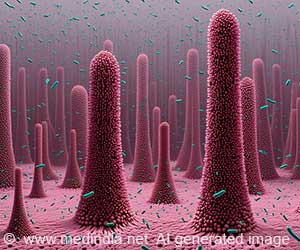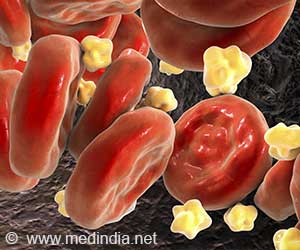Using Artificial Intelligence (AI), a team of researchers has shown that mutations in ‘junk’ DNA can cause autism. Junk DNA mutations affect the expression of genes in the brain including those genes directly responsible for neurodevelopment and neuron migration.
- Using Artificial Intelligence (AI), a team of researchers led by Olga Troyanskaya and Robert Darnell have shown that mutations in ‘junk’ DNA can cause autism
- The study is the first functional study to examine the role of junk DNA mutations and link it up with neurodevelopmental disorders like autism
- Junk DNA mutations affect the expression of genes in the brain including those genes directly responsible for neurodevelopment and neuron migration
Most scientists think that only 1 percent of our DNA is responsible for protein-coding genes and the rest 99 percent does not pay any role in coding of proteins and are called noncoding or junk DNA. Noncoding DNA does not provide instructions for making proteins. Now a team of researchers led by Olga Troyanskaya (Deputy director for genomics at the Flatiron Institute's Center for Computational Biology (CCB) in New York City and a professor of computer science at Princeton University) and Robert Darnell (Robert and Harriet Heilbrunn Professor of Cancer Biology at Rockefeller University and an investigator at the Howard Hughes Medical Institute) have shown that mutations in ‘junk’ DNA can cause autism.
Mutations in ‘Junk’ DNA can Cause Autism
The team used Artificial Intelligence (AI) techniques like Machine Learning (ML) to analyze whole genomes of 1,790 children and adults with autism and their unaffected parents and siblings. These individuals had no family history of autism and therefore it must be concluded that the condition is due to spontaneous mutations rather than hereditary mutations.TOP INSIGHT
Using Artificial Intelligence (AI), a team of researchers has shown that mutations in ‘junk’ DNA can cause autism. Junk DNA mutations affect the expression of genes in the brain including those genes directly responsible for neurodevelopment and neuron migration.
Read More..
Troyanskaya et al., used a novel method where they trained a machine learning model to predict how a stretch of non-coding or junk DNA can affect gene expression in autism. They applied this model to the Simon-Simplex collection which is an autism sample population with the whole genomes of 2000 families with four people including unaffected parents, sibling and affected individual. These 2000 families had no previous history of autism so the affected individual is probably a case of spontaneous mutation.
Jian Zhou, PhD, co-author of the study at the Flatiron Institute’s Center for Computational Biology (CCB); the siblings acted as a control for the experiment. The team used the computer algorithm on 1790 quartets. The system was able to learn the patterns in the genome, identify relevant sections of the DNA and also predict if mutations in non-coding DNA actually caused autism.
The final effect is the generation of a ‘disease impact score’ generated by the computational system giving an estimate of how likely a mutation in junk DNA can have an effect on the disease.
The interesting aspect of these computational results is the fact that mutations in the non-coding regions affected genes and functions which had been previously linked to autism through studies on coding genes. This finally links to a causal factor of noncoding junk DNA mutations to ASD etiology.
Prof. Troyanskaya said that the study allows for serious analysis of 98 percent of the human genome which was not thought to contribute to protein-coding. The study shows the importance of looking at noncoding junk DNA to understand the regulatory mechanisms of genes and causal factors of diseases. The same method and framework can also be used to study the role of non-coding mutations responsible for cancer or other chronic disorders.
References:
- Whole-genome deep-learning analysis identifies contribution of noncoding mutations to autism risk. - (http://dx.doi.org/10.1038/s41588-019-0420-0)
- Artificial intelligence detects a new class of mutations behind autism - (https://www.princeton.edu/news/2019/05/28/artificial-intelligence-detects-new-class-mutations-behind-autism)
Source-Medindia
 MEDINDIA
MEDINDIA


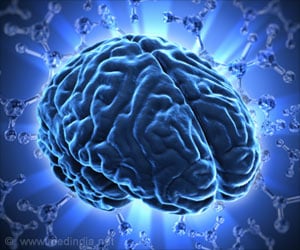
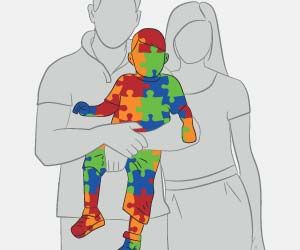
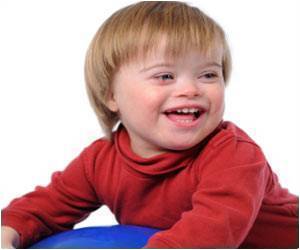
 Email
Email







